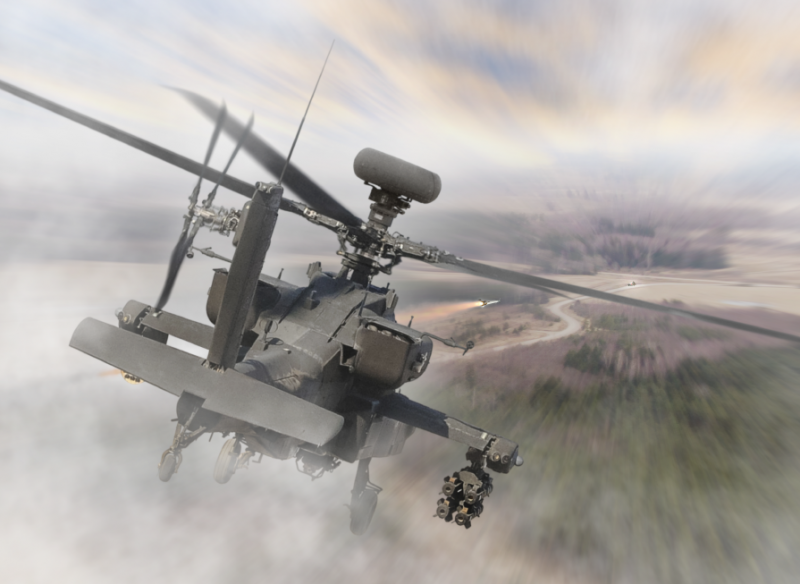APKWS® Laser-Guided Rockets: More Bang for the Buck
BAE, April 22

To support the national defense strategy, BAE Systems continues to focus on delivering the most effective and cost-efficient precision munitions. APKWS® laser-guided rockets are important for the U.S. Department of Defense (DoD) and its allies around the globe. They enable warfighters to make economical, precision strikes.
APKWS rockets are assembled by adding innovative guidance kits to Hydra rockets, which existed for decades as unguided munitions. The APKWS guidance kit works with new and stockpiled fuses, warheads, and rocket motors, and doesn’t require modifications to rocket components, launchers, or firing platforms. Transforming Hydra rockets into precision munitions requires minimal training and the rockets are easy to use – effectively point and shoot.
The weapon’s accuracy and low collateral damage are unmatched by unguided rockets or anti-armor munitions. First employed in 2012, APKWS rockets have been fired thousands of times. In combat, the APKWS rocket has achieved greater than 90% hit rate.
APKWS is the only U.S. Government Program of Record for 70 mm (2.75 in) precision-guided rockets. BAE Systems sells APKWS rockets via a contract with the U.S. Navy, which provides units to all branches of the U.S. military and to foreign allies through the Foreign Military Sales (FMS) process. The U.S. Navy recently signed an indefinite delivery indefinite quantity (IDIQ) multi-year contract for $2.68 billion in support of high domestic and international demand. FMS activities support more than a dozen partner nations and interest from other nations.
BAE Systems delivered more than 35,000 units by the end of 2019 and expects to deliver 18,000 in 2020. The company and its supply chain are equipped to produce 25,000 annually in order to satisfy potential orders received under the U.S. Navy’s IDIQ contract. The company is also investing in product advancements, including multiple system upgrades designed to improve the weapon’s flexibility, range, and lethality.
APKWS rockets are qualified on 17 of the world’s most prolific military aircraft, including the Cobra and Apache attack helicopters and F-16 and F/A-18 fighter jets. Demonstrated firing platforms include domestic and international attack helicopters, multinational fighter jets, unmanned aerial vehicles, and vertical takeoff and landing platforms.
APKWS rockets are also demonstrating their mission flexibility against high-speed targets. In December 2019, the U.S. Air Force demonstrated APKWS rockets as viable munitions to perform cruise missile defense (CMD). “The test was unprecedented and will shape the future of how the Air Force executes CMD,” said Col. Ryan Messer, commander of the 53d Wing at Eglin. The munition is a fraction of the cost of the missile commonly used for cruise missile defense, can be loaded faster, and aircraft can carry more of them.”
“There will always be a need for a low-cost precision rocket to give the warfighter a less expensive, lower collateral damage option in multi-domain operations for increased stowed kills to maximize the number of aim points neutralized per mission,” said John Watkins, vice president of Precision Strike at BAE Systems.
BAE Systems is committed to providing warfighters with sophisticated precision strike capabilities via a diverse precision munitions portfolio. The company is also actively investing in munitions technology focused on increased standoff distances, enhanced lethality, and autonomous targeting for employment against threats in contested environments.



